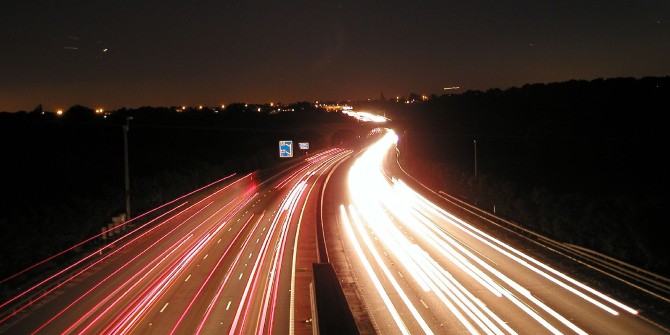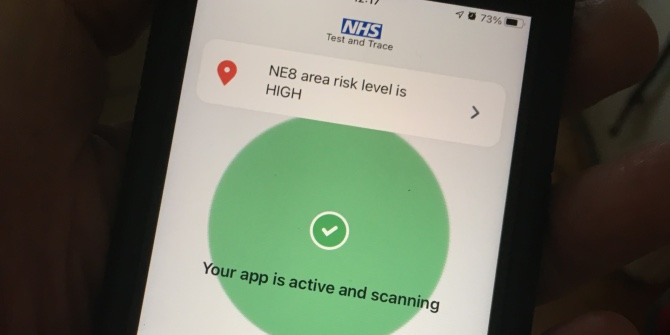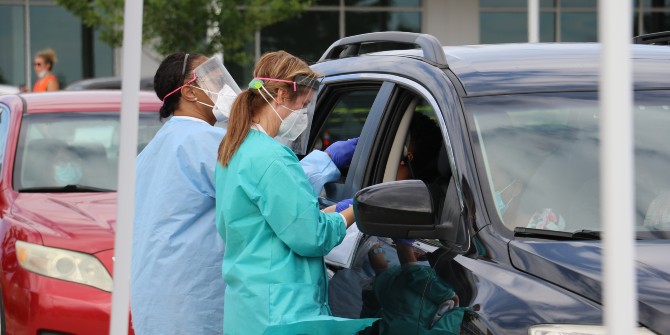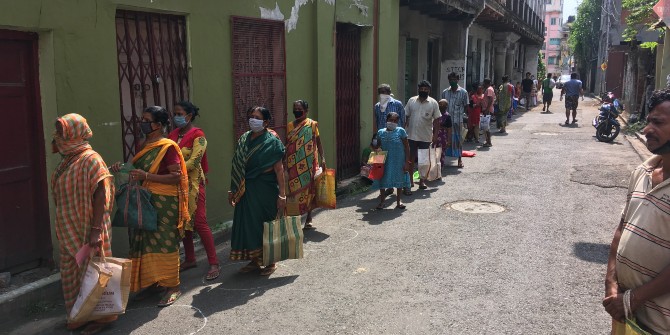Few people are talking about supply chains, but they are absolutely crucial to the successful rollout of COVID-19 vaccines. Cyrus Hadavi says the public will demand seamless delivery, and the only way to achieve that is through an AI-enabled supply chain that can adapt quickly to the inevitable complications.
As governments around the world prepare to roll out COVID-19 vaccines, there is an understandable focus on the two ends of the process. Pharmaceutical CEOs have become overnight celebrities, with their scientific prowess recognised as never before. Meanwhile, those who will deliver the vaccine – from qualified healthcare workers to selfless volunteers – are being celebrated for their invaluable efforts.
But in between those who manufacture the vaccine and those who inject it into our arms are the unsung heroes of the supply chain, without whom the vaccine would take several years, rather than weeks or months, to get to those who need it most.
In my experience, whenever we’re not talking about supply chains for a project of this size, it means the supply chain will not meet requirements.
Governments are not paying enough attention to this ‘invisible middle’, and since there are scant details about vaccine supply chain planning, it is a safe assumption that out-dated, unresponsive supply methods will be used. In my experience, whenever we’re not talking about supply chains for a project of this size, it means the supply chain will not meet requirements.
Perhaps there is some complacency, because supply chains have been so resilient until now during the pandemic. The early bouts of panic buying did not completely exhaust supermarket shelves, despite the unprecedented sudden demand spike. This is because large retailers have automated supply chains that can adapt in real time to unforeseen changes to, for example, demand for toilet paper. Will governments and health authorities be as sophisticated when it comes to the vaccine?

The public has high expectations when it comes to supply chains. We order Amazon packages and expect them to reliably arrive the next day (or even within a few hours). We choose our dinner from UberEats or Deliveroo and are used to the food arriving – hot – in 20 minutes or less. The smallest disruption triggers complaints and social media shaming.
The vaccine needs to rise to these standards, and be seen as a consumer product that members of the public choose to receive, rather than just another medical procedure. Authorities need to learn from other consumer businesses in order to increase the number of ‘customers’ and ‘transactions’ the vaccine will achieve. This is particularly important when surveys indicate that a significant slice of many populations will not voluntarily receive it, and a high level of uptake is essential to achieve herd immunity and a return to normal life.
Given how high the stakes are for lives and livelihoods, expectations are likely to be high. To meet them, governments must work now to build dynamic AI-driven supply chains that can give them reliability and flexibility.
This vaccine rollout will be unlike anything the world has seen before, and will stretch supply infrastructure to the limit. There is no way to know how demand will change, where and when there will be spikes (for example before holiday periods or as infections increase) or which demographics will be most keen or most resistant. There is also the issue of vaccine misinformation – for example, if a spurious report of side effects goes viral.
All this creates an inherently unpredictable environment on the demand side, with the need for significant flexibility in, for example, adjusting supplies based on different demographics (and hence prioritisation for the vaccine) in different areas.
And there are just as many unknowns on the supply side. Governments will be dealing with different suppliers of different sizes, with manufacturing facilities in different locations. It is inevitable that, with demand that exceeds finite manufacturing capacity, there will be interruptions and delays, just as with any large infrastructure project. Governments need to intelligently plan which vaccine should be provided to whom, and in which location.
This all needs to be automated through an AI-enabled (ie. smart) supply chain that can learn about conditions and implement changes in real time. Political decision making is often too slow, with too many extraneous factors (media coverage, public opinion, opposition party responses). There is a need for the supply chain to be self-governing, and focused on one thing only: efficiently and effectively delivering the vaccine to as many people as possible, as quickly as possible.
What if a vaccine has a particular side effect? What if anti-vaxxers attack vaccination centres or supply lines? What if there is a mutation in the virus?
To do this, there needs to be detailed scenario planning – something similar to a cockpit simulator, with ministers and health authority managers currently going through their ‘pilot training’. This ‘training’ needs to reflect the complexities of the real environment. It needs to think about all the different scenarios that can be predicted, but also those that cannot be foreseen: what if a vaccine has a particular side effect? What if anti-vaxxers attack vaccination centres or supply lines? What if there is a mutation in the virus? What if vaccines become a scarce commodity and organised crime attempts to steal the supply? In each of these cases, problems can be averted by actions such as switching suppliers, or rerouting products through a third country.
The best way to lower the risk is to embrace multiple suppliers, with more than one supply line for each. There appear to be several vaccines near to fruition, with more on the way. Governments should have distribution deals with all of them. This ‘parallelisation’, in conjunction with the intelligent, AI focus detailed above, can all but guarantee vaccine supplies. Although there is a natural preference for governments to prioritise manufacturers in their own countries or who provide the best value, putting all our eggs in one basket is dangerous in any supply chain.
This will take significant investment, and governments need to be clear that resiliency is more important than minimising costs. Inventory and buffer levels (ie. ordering more vaccines that we are likely to ever need) is the way to go.
For the past 11 months, governments have been responding to events – often too slowly. With the vaccine rollout, we should ask: how prepared are we to respond? And what can improve the quality of our responses? A cutting-edge supply chain is as essential to this as a safe vaccine, and an army of professionals and volunteers to administer it.
This post represents the views of the author and not those of the COVID-19 blog, nor LSE.





